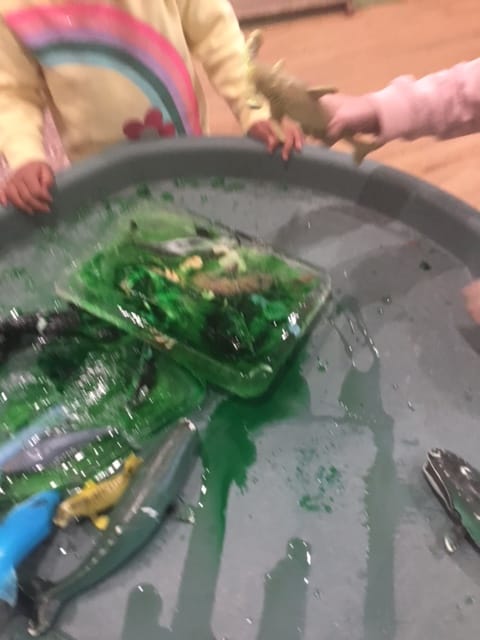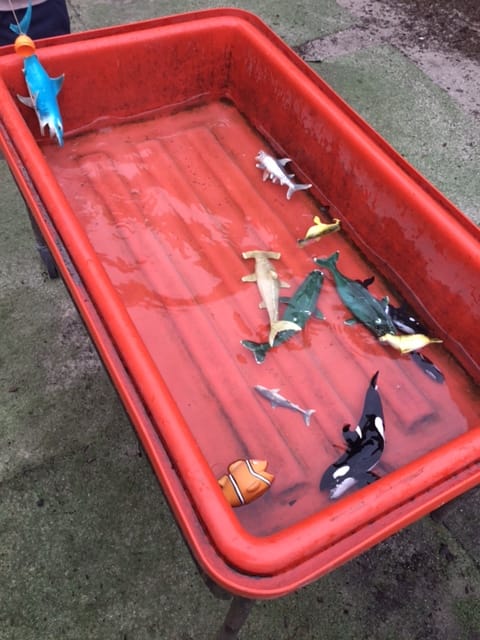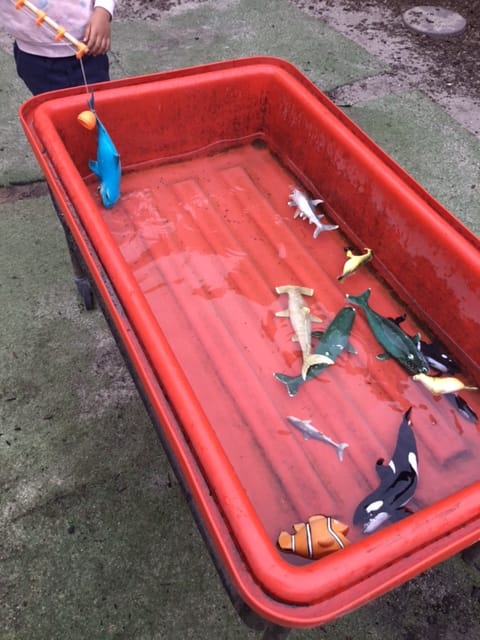Week 6





The routine of the Wallaby room is the same as the Possum room, I introduced myself to the other educators and the parents of the children. I focused on building relationships with the children, educators, and their families. I introduced myself through engaging play and conversation, which helped create a welcoming atmosphere. This week, I noticed that the children were particularly fascinated by sea animals, especially during our shared reading of “Rainbow Fish” (Pfister, 2004). Taking this inspiration, I decided to create an experience around sea creatures.
I prepared an exciting activity where I froze various sea animal toys in a baking tray with water overnight. The next morning, I set up a special corner with the frozen sea animals, and I could sense the children’s excitement as soon as they saw it. They rushed over, eager to touch the icy creatures, and I loved watching their curiosity unfold. They started asking questions about why the sea animals were cold and how they could survive on ice. This hands-on experience led to some wonderful conversations, where the children began to think critically about the habitats and survival mechanisms of these sea creatures(footsteps, 2023).
As the ice melted, we smoothly transitioned into another fun activity a fishing experience. I had prepared some fish outdoors with water in the tub to deepen their exploration of the ocean and its inhabitants. I engaged the children with open-ended questions like, “How do you feel touching ice?” and “What do you think fish will do in water?” This prompted them to express their thoughts more freely and stimulated their language development and critical thinking skills (kts, 2014). Throughout the week, I also made it a goal to teach essential self-help skills. I would encourage the children to pack up their bedding after waking up, put on their socks and shoes, and wear their sun cream and sun hat before heading outside. I involved them in the process by saying, “Let’s pack up, shall we?” This approach not only promoted independence but also aligned with Vygotsky’s theory of scaffolding, as I provided support while gradually encouraging them to master these tasks on their own (Irving & Carter,2018). My goal was to create a vibrant learning environment where each activity connected to the children’s interests and supported their ongoing development.